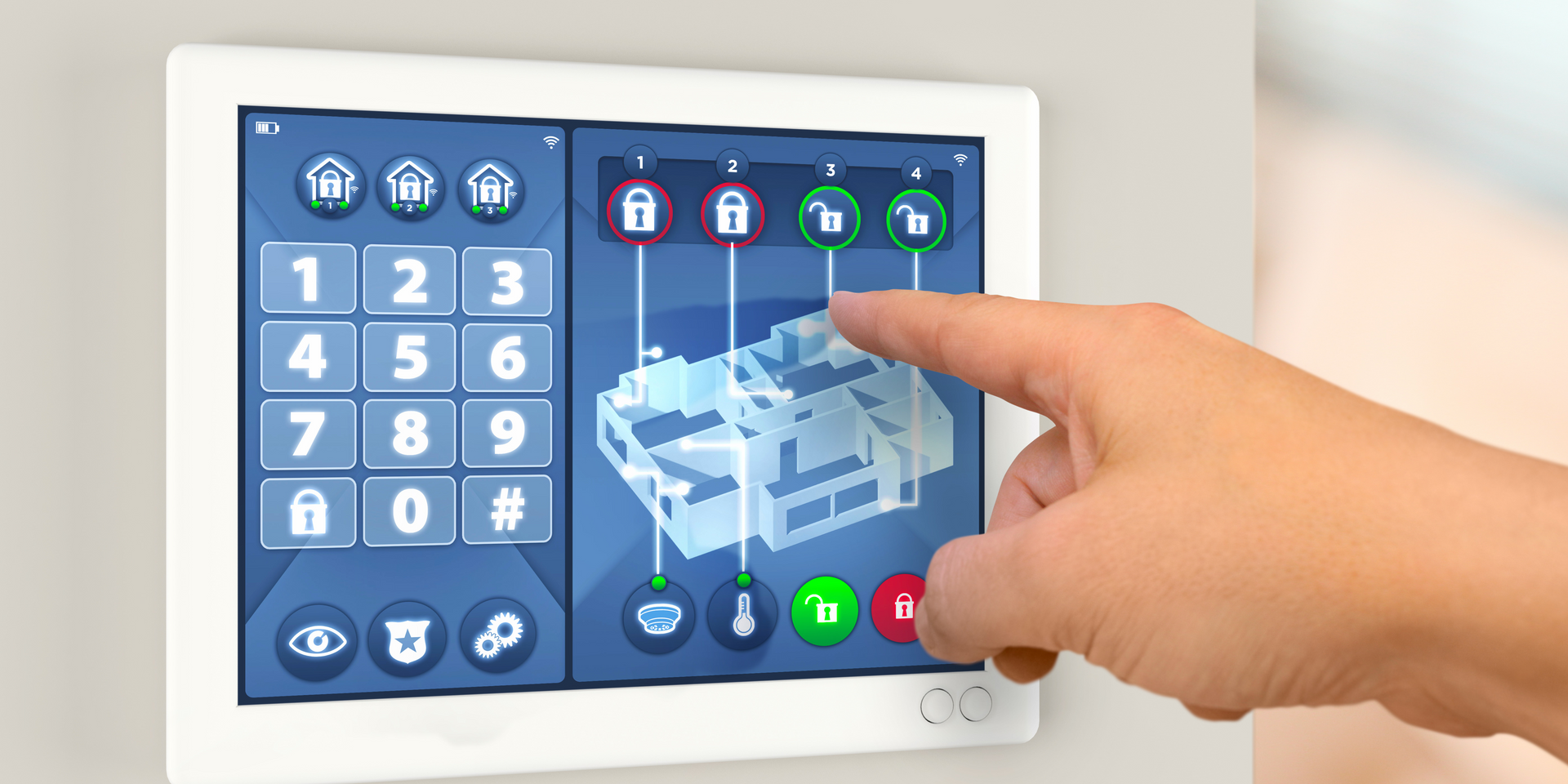What Is An Alarm Management System?
which are the standards for alarm management is an essential part of any industrial process or control system. These systems are designed to alert operators to potential issues, enabling quick response times and preventing accidents. An alarm management system helps ensure that alarms are meaningful and effective, reducing unnecessary alerts and preventing alarm fatigue. In this article, we’ll explore what an alarm management system is, its functions, types, and standards, as well as its importance in process control.

What is an Alarm Management System?
An alarm management system is a comprehensive solution designed to monitor, control, and respond to alarms within a facility or process control environment. These systems are typically used in industries like manufacturing, oil and gas, and utilities, where real-time monitoring is critical. An alarm management system in DCS (Distributed Control Systems) helps operators identify abnormal situations promptly, making it easier to take corrective action before a situation escalates.
Alarm management systems are often supported by alarm management software that allows for the configuration, monitoring, and analysis of alarms. This software ensures that alarms are meaningful and not overwhelming, allowing operators to focus on the most critical issues. An alarm management pdf can be a useful resource for further reading on how these systems are set up and optimized.
What is the Main Purpose of an Alarm System?
The primary purpose of an alarm system is to alert operators to potential hazards or abnormal conditions in a process. These alerts are essential for preventing accidents, downtime, and safety breaches. There are several types of alarm systems that can be used depending on the industry and application. Some of the 4 types of alarm systems include:
Fire Alarm Systems: Detecting smoke or heat, these alarms alert to the presence of fire.
Intrusion Alarm Systems: These systems detect unauthorized entry into a facility.
Medical Alarm Systems: Used in healthcare to alert staff to patient emergencies.
Industrial Alarm Systems: These systems monitor machinery and equipment for irregularities, often integrated into process control systems.
Each of these alarm systems serves a specific function but shares the common goal of protecting personnel, equipment, and the environment.
What are the 3 Main Parts of an Alarm System?
An effective alarm system generally consists of three main components:
- Sensors and Detectors: These devices monitor environmental conditions, machinery status, or process performance and detect deviations from normal.
- Alarm Indicators: These are the devices that notify operators about the alarm condition, such as lights, sirens, or digital displays.
- Control Systems: These manage the response to alarms, whether it's activating safety protocols, shutting down equipment, or notifying personnel.
Understanding these parts is essential for setting up and maintaining an efficient alarm management system.

What is the ISA 182 Standard for Alarm Management?
The ISA 182 standard is a key guideline for designing and managing alarm systems in process control environments. Developed by the International Society of Automation (ISA), it provides a framework for developing alarm management strategies that meet industry standards. This standard ensures alarms are configured to prioritize the most critical situations, reducing operator overload and improving overall safety.
The ISA182 alarm management standard is recognized globally, and following its principles can help companies improve operational safety and efficiency. You can find an ISA182 alarm management PDF online to access the complete set of guidelines for alarm systems.
Other alarm management standards often supplement the ISA 182, particularly when addressing industry-specific requirements. These standards cover the design, maintenance, and response strategies for alarms in various systems, ensuring they remain effective in real-time operations.
What are the Three Functions of an Alarm System?
Alarm systems generally perform three primary functions:
- Detection: The system identifies irregularities in the monitored environment, such as changes in temperature, pressure, or flow rate.
- Notification: It alerts the operators or relevant personnel to take appropriate action.
- Action: It triggers predefined responses, such as activating safety mechanisms or notifying emergency teams.
These functions are fundamental in ensuring that alarm systems fulfill their role in protecting both people and assets.
What are the Three Main Types of Alarms?
There are three main types of alarms:
- Visual Alarms: These include lights, display screens, and other indicators that provide a visual cue to alert personnel to potential issues.
- Auditory Alarms: These alarms use sound to alert operators, typically in loud or noisy environments.
- Combination Alarms: These systems use both visual and auditory signals to ensure that alarms are noticed regardless of environmental conditions.
Each type of alarm serves a different purpose but aims to effectively communicate potential risks to personnel.
What are the Three Types of Alarm Systems?
There are three primary types of alarm systems, each tailored to specific needs:
- Manual Alarm Systems: These require operators to trigger the alarm manually when they detect an issue.
- Automatic Alarm Systems: These systems detect and respond to abnormal conditions without human intervention.
- Hybrid Alarm Systems: These combine elements of both manual and automatic systems for enhanced flexibility and response.
These types of alarm systems can be used in various settings, depending on the complexity and scale of the operations.

What is an Alarm Management System Used For?
Alarm management systems are used to streamline alarm processes and improve the efficiency of alarm response. By implementing a proper process alarm management strategy, organizations can significantly reduce the number of false alarms, which helps prevent alarm fatigue among operators. These systems help in managing and responding to alarms in real-time, ensuring that critical issues are addressed promptly and effectively.
Additionally, they are crucial for optimizing process control, enhancing safety, and complying with industry regulations.
Conclusion
An alarm management system is a vital tool for ensuring operational safety in industries that rely on complex processes and control systems. By understanding the components, types, and standards of alarm systems, organizations can design and implement effective alarm management strategies. Whether you're looking for an alarm management system Honeywell or training on alarm management, having a structured system in place is essential to prevent unnecessary downtime, enhance safety, and improve overall operational efficiency.
For more information on alarm management systems and how to implement them in your operations,contact us today!
You might also like



